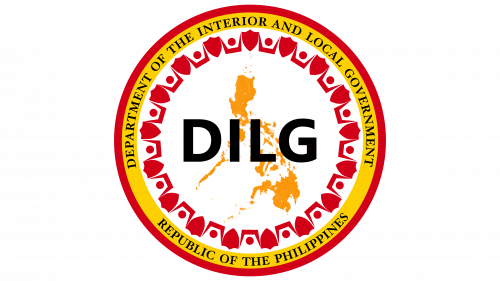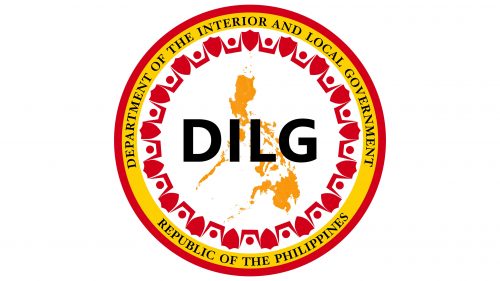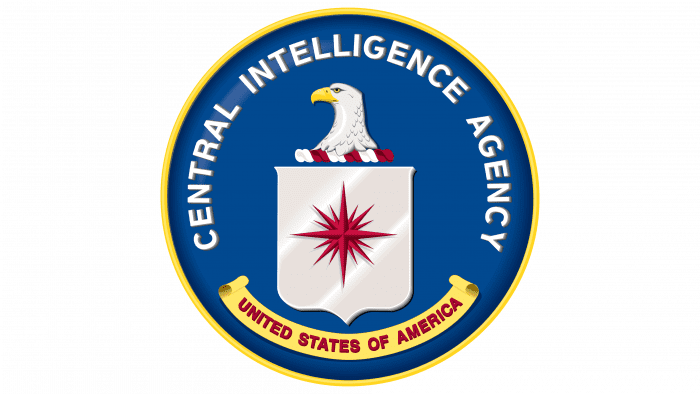DILG: Brand overview
The history of the Philippine agency, the Department of Interior and Local Government (DILG), dates back to Spanish colonial times. In 1897, this era saw the creation of the Department of the Interior, which became the main governing body of the local government and ensured peace and order.
After independence in 1946, the newly formed Philippine government established the Department of the Interior. This new agency was charged with various responsibilities, including oversight of local government, public safety, police oversight, prison management, and fire protection.
However, in 1950, a major restructuring occurred when the Department of the Interior was split into two separate divisions: the Department of Local Government and the Department of the Interior. It was not until 1975, during the Marcos administration, that the two departments were merged, giving rise to the DILG.
The passage of the 1987 Philippine Constitution further cemented the DILG’s place as one of the most important executive agencies. It defined the DILG’s diverse functions: local government administration, public safety, disaster management, and fire protection.
DILGs’ responsibilities are diverse in the modern era. They work closely with local governments, oversee the Philippine National Police, take initiatives to reduce disaster risk, and constantly work to maintain harmony and order in the country. The DILG’s influence is evident in times of national upheaval, such as the imposition of martial law, coup attempts, natural disasters, and internal strife.
Recent activities undertaken by the DILG include:
- Modernization of police departments.
- Improving the effectiveness of the 9-1-1 rescue service.
- Strengthening disaster preparedness and developing disaster mitigation strategies.
- Launching substance abuse programs.
The DILG is headquartered in Quezon City, but its operations cover the entire Philippines through regional, provincial, and local offices with significant staff.
Meaning and History
1897 – today
The DILG (Department of the Interior and Local Government) logo features its abbreviation prominently in the center, showcasing large, black block letters that stand out stylistically from the rest of the design. This bold central element contrasts with the softer, more colorful background and surrounding figures in color and texture.
Behind this abbreviation, the logo artistically incorporates a representation of the Philippines, signaling the department’s national scope. This is further emphasized by the text on a yellow band below, stating “Republic of the Philippines,” connecting the logo directly to the country it serves. Above this, the full name of the department is spelled out, matching the abbreviation at the center. Both texts are in uppercase, serif font, enhancing the logo’s formal appearance.
Additionally, the logo is adorned with a pattern of shields and human silhouettes with arms raised, symbolizing protection, unity, and the collective effort of the Filipino people. These elements combine to create a logo that identifies the DILG and encapsulates its mission to govern and serve the diverse communities within the Philippines. Through its intricate design and symbolism, the logo communicates the department’s commitment to interior and local governance under the umbrella of the national government, reflecting a blend of authority, service, and community spirit.





